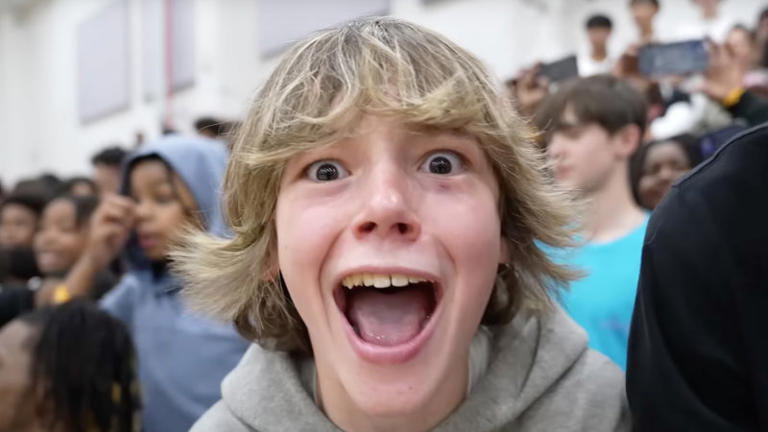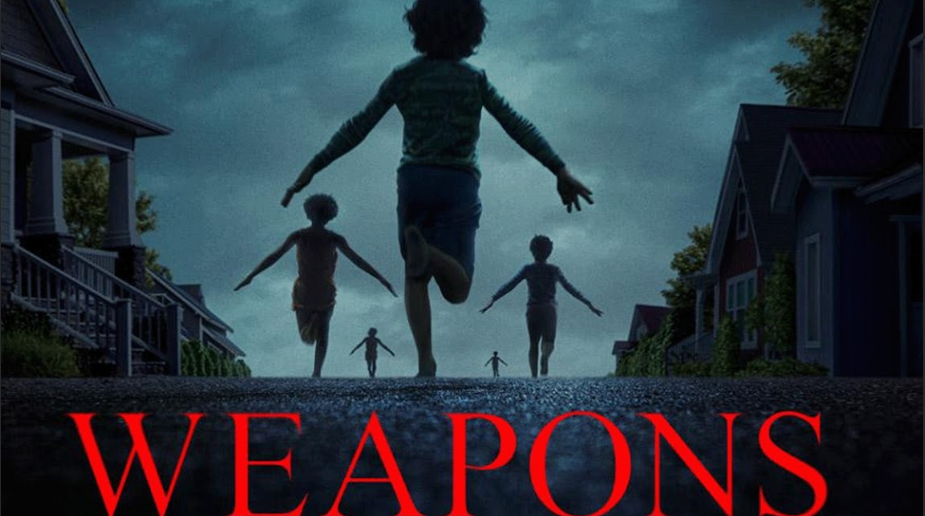The idea I had held for most of my life —that any trend must have a meaning behind it —was dispelled earlier this school year when I learned about the “six-seven” trend/meme/whatever it is. Like plenty of other adolescent fads before it, I had mistakenly assumed that this one came from a reference to a viral TikTok video or pop culture or something of that sort, and I was right, in a way. The obsession with those two specific numbers in that specific order, accompanied by a particular hand gesture, does appear in a viral video, where a frenzied-looking child seems to have first gone through the motions.
What I cannot wrap my head around, however, is how genuinely meaningless this new trend seems to be. In a futile attempt to track down the origins and “meaning” of six-seven, I read that the term first appeared in a 2024 rap song, but the artist, Skrilla, seems just as clueless about its meaning as I am. In an interview with the Wall Street Journal, Skrilla indicates he had no clue what the term represents, nor does he know now that it has become a trend.
But the entire thing has quickly evolved from a minor, confusing annoyance to genuinely irritating drivel. Recently, at a sporting event, a group of clearly inebriated young adults repeatedly screamed the meme in the background of the news coverage of the event. Though the brazen stupidity drew criticism across the board, including from six-seven enthusiasts, it was not lost on many that modern “brainrot” has enabled people to act in dumber, more pointless ways than ever before. What happened to the days of drunk people at sports games simply throwing things at each other?
I am in no way an expert on these sorts of things, but I really am convinced that all of this is due to overexposure to internet content, especially short-form videos. These kinds of content train the human brain to value short-term entertainment over long-term benefit. People are comfortable scrolling through Instagram Reels for hours, but recoil at the thought of dedicating that same amount of time to reading a book, or even watching a longer, more informative and comprehensive video.
It is entirely understandable why short-form content is so attractive: flashing lights, bright colors, shallow humor and adaptive algorithms are all tailored to stand out to the average viewer. Videos like those found on TikTok (which is still embroiled in negotiations with the U.S. government, specifically over their wildly successful algorithm) produce the same effect in your brain as eating candy. But, like candy, short-form content is only benign when consumed in small, infrequent amounts.
The modern excess has extended to entertainment, and people have ended up worse off for it. Even just five years ago, it would be hard to see someone like the “six-seven kid” blow up to the extent that math teachers are struggling to teach without students flashing chalk-eating grins at each other across the room every time two numbers are said in sequential order. Today, objective clownery has become commonplace, even accepted into society as what is “hot” and “trendy.” It reeks of desperation to be cool, to be new, even sometimes to be old, because old is the new new.
I sincerely hope that the “six-seven” trend dies soon, and dies unceremoniously. Its perpetuation by people too shameless to understand the mind-numbing dimness they subject everyone around them to is more aggravating than it is even slightly funny. Of course, it cannot and will not stop there. There will always be another ridiculous trend, another ridiculous line, another ridiculous rallying cry for a generation of young adults that are, quite frankly, cooked.















